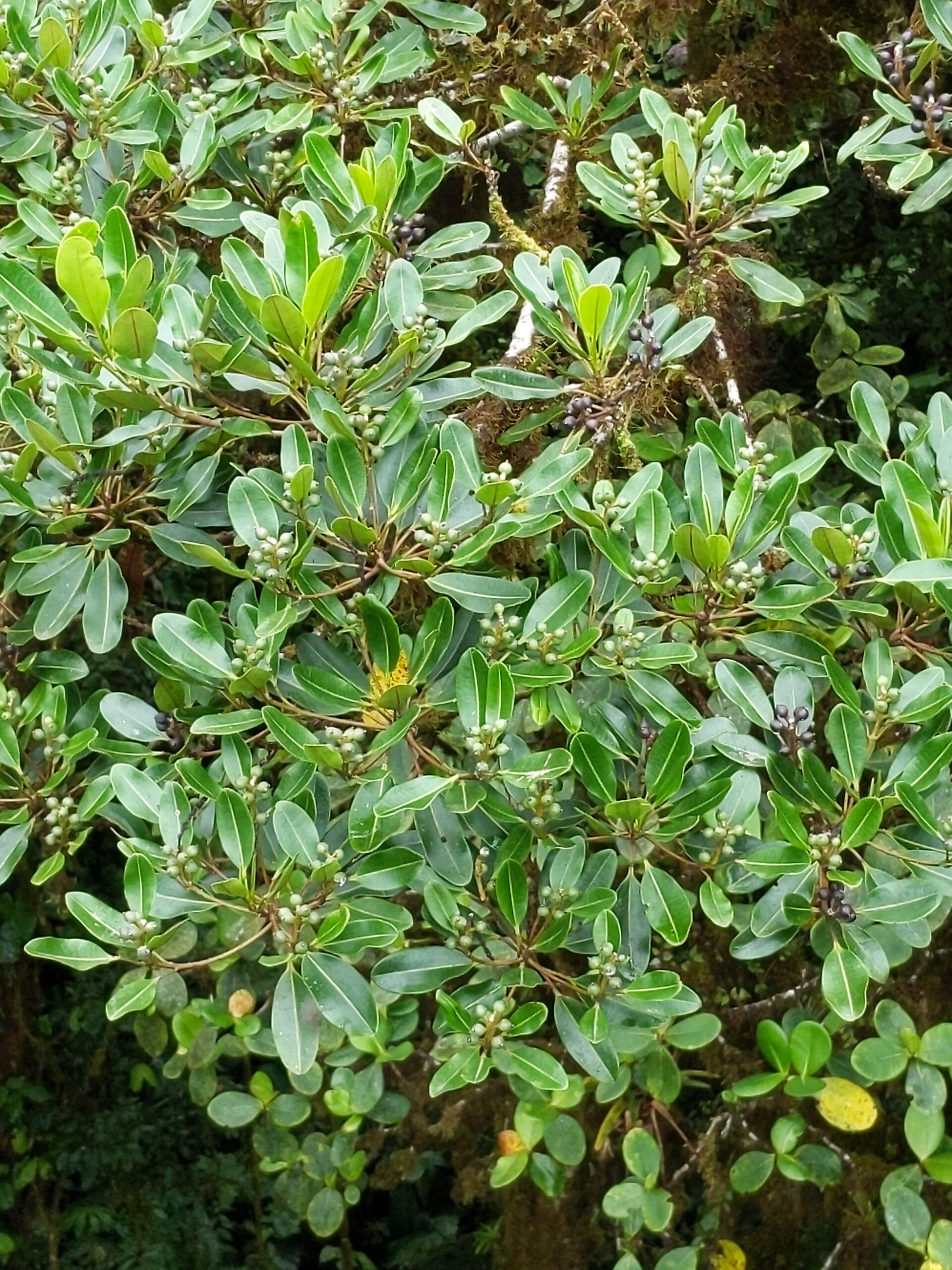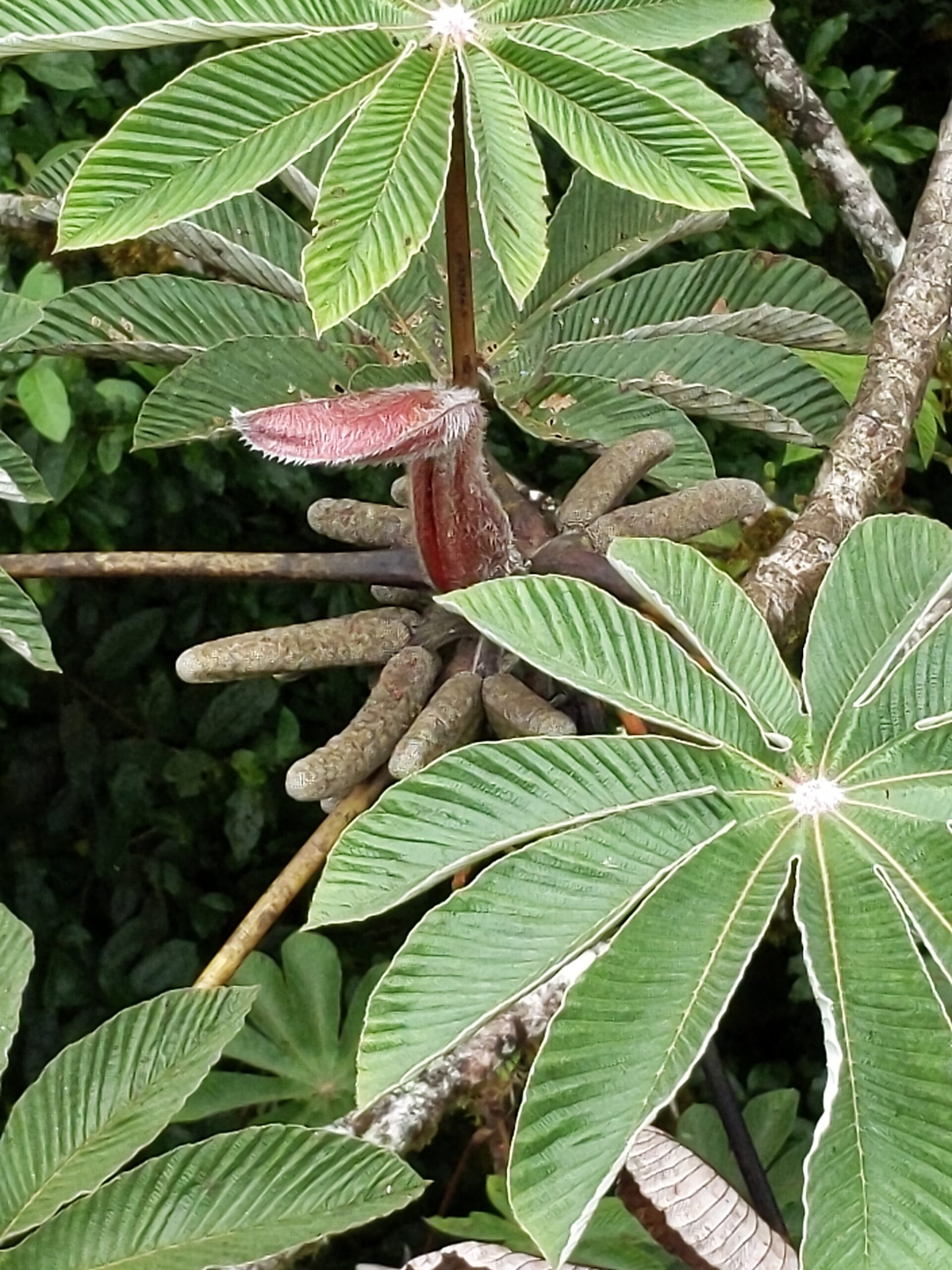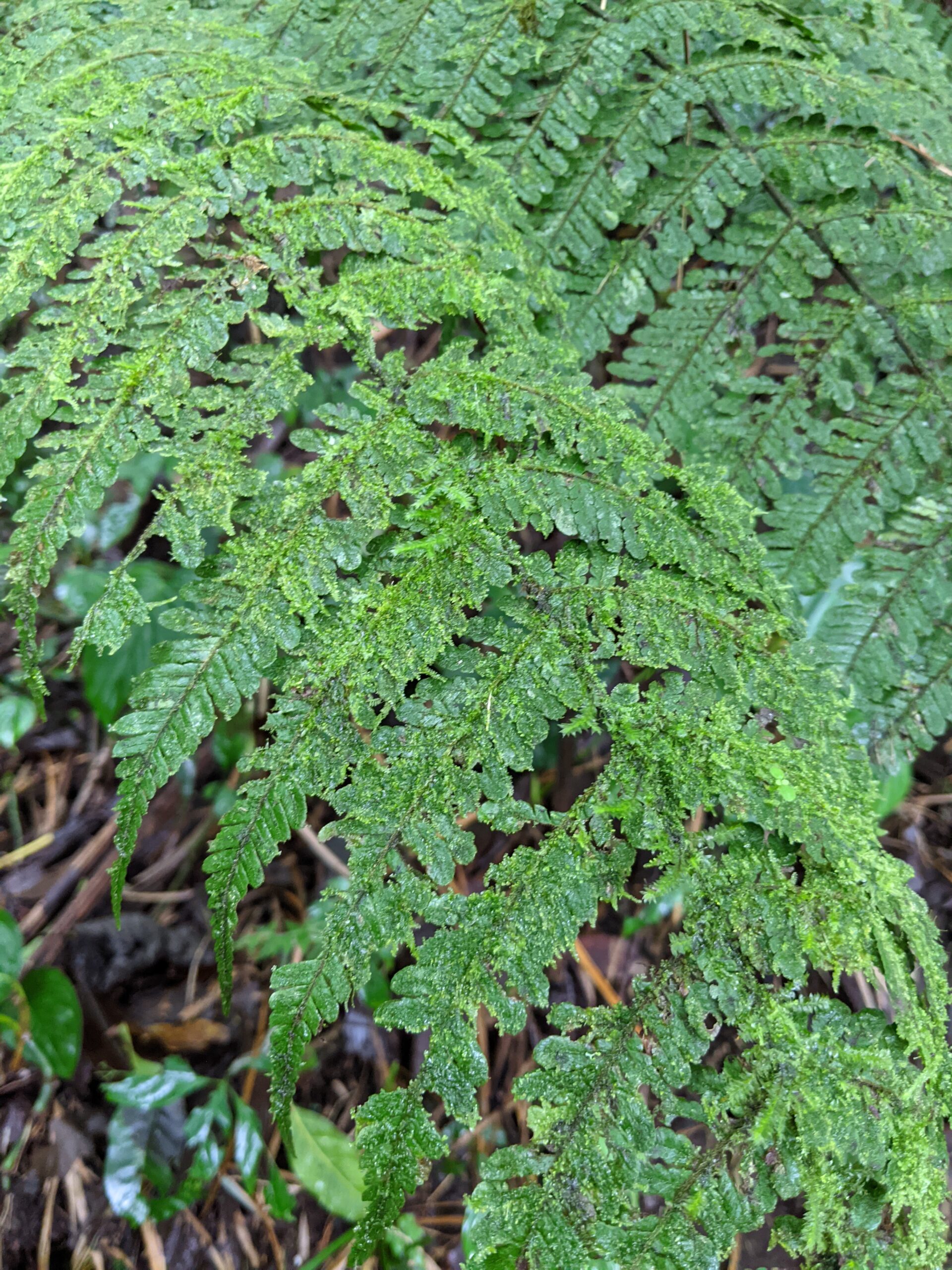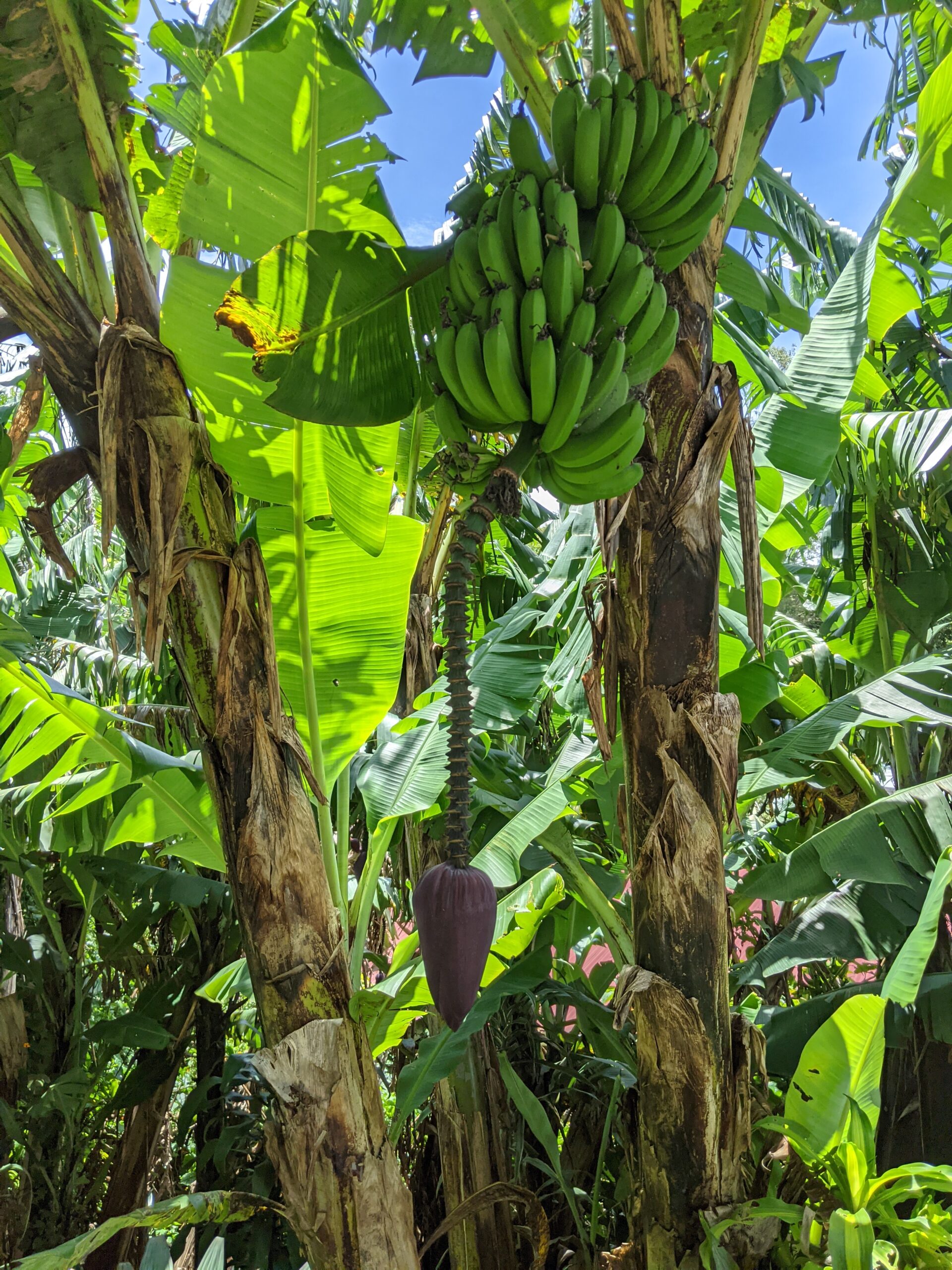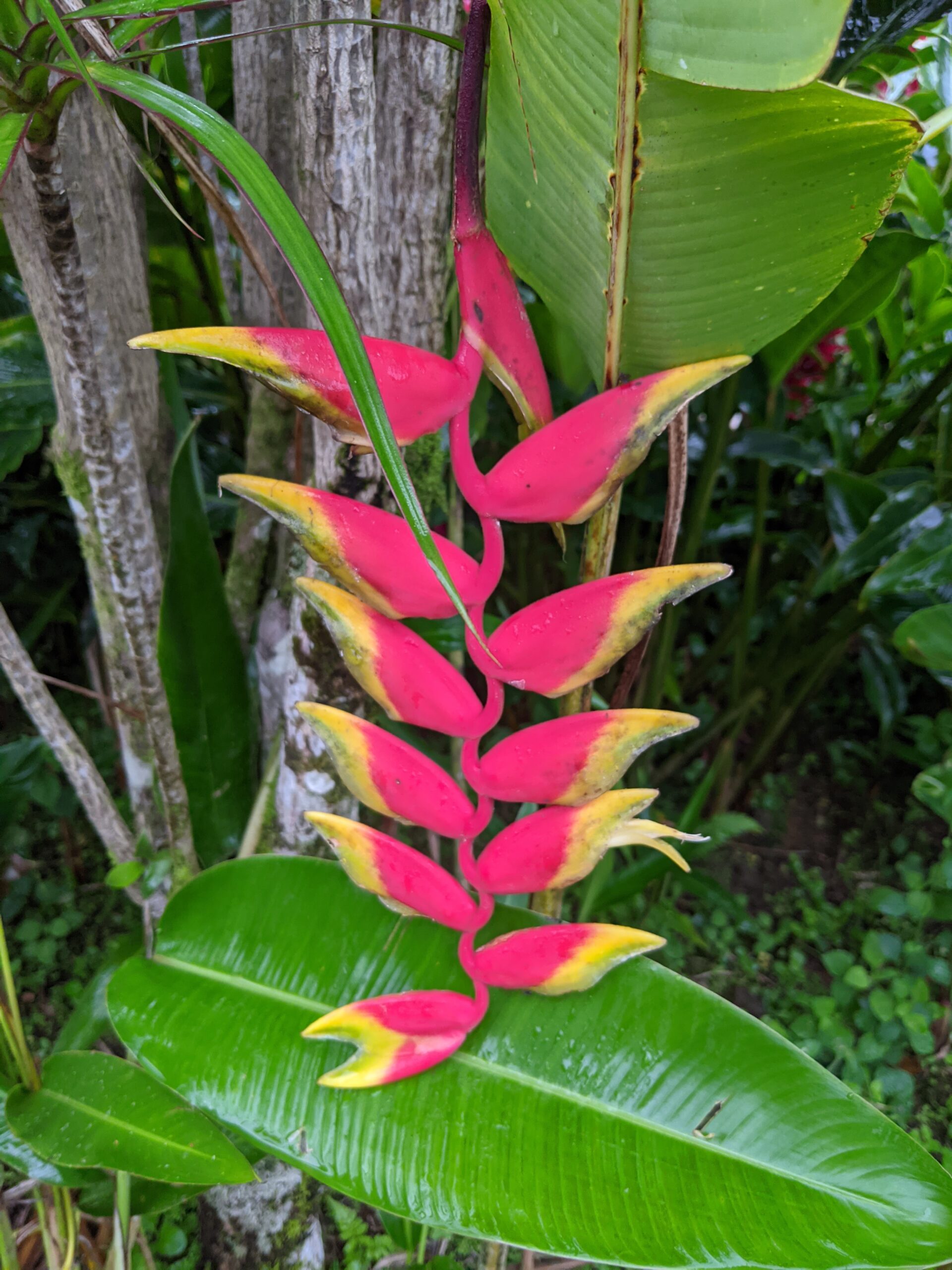Hi there GPODers!
I hope we find you happy and warm on this November day. Yesterday, I mentioned I would have some more images for you from my wedding/honeymoon in Costa Rica back in 2021 so that is what you will find below. We were in Costa Rica in August during the rainy season but really only faced a couple of days of drizzle and got stuck in one downpour. I’ve shared images from our trip to Costa Rica before, specifically of the Monteverde Orchid Garden. This post will focus mostly on foliage we found in Costa Rica in and around the cloud forests.
We began our trip in La Fortuna at the base of the Arenal volcano, then made our way to Manuel Antonio on the Pacific coast before finishing in the cloud forests of Monteverde. Every place we visited was beautiful and fascinating in its own way, but La Fortuna will always hold a special place in my heart. Not only is it where we got married, but the volcano itself felt astonishingly majestic—its presence in the landscape was unlike anything I’d ever experienced.
This spot might just be my favorite place we visited. The photo was taken at Tabacón Thermal Resort & Spa outside La Fortuna—and honestly, it almost looks too beautiful to be real. The entire resort feels that way. Built around volcanically heated springs that cascade down the hillside, Tabacón is a maze of plant-lined pathways leading to a series of naturally warm pools, each one fed by its own waterfall. In this shot you can see:
- Heliconia (likely Heliconia rostrata or H. latispatha) – Large, broad banana-like leaves on the left side. These plants are extremely common ornamentals in Costa Rica and frequently planted along paths.
- Croton (Codiaeum variegatum) – – The multicolored, leathery foliage with reds, oranges, and yellows. A standard tropical landscape shrub.
- Aglaonema (Aglaonema spp.) – Low, leafy plants with pale green mottling. Often used as shady understory ornamentals in tropical gardens.
- Ginger (Alpinia purpurata) – Big upright leaves with a slightly glossy finish on the right-hand background.
- Costa Rican bamboo palm (Chamaedorea costaricana) – There are over 100 species of palm native to Costa Rica so your guess is as good as mine, but this species is known for forming dense clusters of thin, green, ringed stems that resemble bamboo. Does that ID look right to you?
Costa Rica’s cloud forests are famous for their astonishing plant diversity, and Monteverde is no exception. During a treetop excursion— crossing suspension bridges and ziplines through the canopy — we saw firsthand how life layers itself in these misty heights. In this photo, every surface is alive: the host tree (species unknown!) is draped in mosses, epiphytes, and ferns, while philodendrons, monsteras, and anthuriums climb and compete for space and light. Epiphytes are plants that grow on top of another without taking nutrients from that plant. Species such as bromeliads, orchids, and many ferns are epiphytes. Epi means “upon” or “on top of’ and phyte means “plant”.
Here we see a large-leaved aroid, possibly Philodendron giganteum, climbing up a tree. Cloud forest trees are often draped in hemi-epiphytic aroids. A hemi-epiphyte is a plant that spends only part of its life as an epiphyte, shifting between growing on other plants and rooting in the soil. Species such as philodendrons and monsteras use this strategy to reach better light in the canopy while still accessing nutrients from the forest floor when possible.
Looking down from the walkway, you get a clear view of the lower canopy—a perfect study in how powerful texture can be in garden design. The giant tree fern (Cyatheaceae sp.) spreads its lacy fronds above the soft, needle-like foliage that resembles a Caribbean pine (a best guess—feel free to correct me if you recognize it). Around them, the broad, paddle-shaped leaves of banana (Musa sp.?) and the palmate foliage of Cecropia add even more contrast and visual interest. Do you recognize any other of the plants in this shot?
Clusia trees are abundant in cloud forests and can be epiphytic when young. Monteverde has several species, including Clusia alata, C. palmana, and C. minor.
This close up is of a plant in the Cecropia species — likely Cecropia insignis or Cecropia obtusifolia. Cecropia is one of the most iconic Neotropical trees. The features are textbook large palmately lobed, silver-backed leaves, central clusters of long, fingerlike catkin-like inflorescences, hairy red/brown bracts at the petiole base. Cecropia trees are keystone species in Costa Rica — home to Azteca ants and many epiphytes.
Another example of the diversity viewable in even the smallest of spaes. Here, this is a tree fern frond (Cyatheaceae sp.) is covered by mosses, lichens, and possibly small filmy ferns.
This is a cultivated banana (Musa × paradisiaca / Musa acuminata group), which is common in Costa Rican gardens, farms, and smallholdings. A mature banana bunch can be seen towards the top of the tree, and below it, the large purple inflorescence bract (the banana flower or “banana heart”) hangs down.
This amazing looking plant is Heliconia rostrata, known commonly as Hanging Lobster Claw or False Bird of Paradise.
Utilizing tropical plants in your garden design is one of the best ways to ensure a unique-look to your landscape. We have some wonderful articles on how best to achieve this look, no matter what your winter is like. Check out some of those articles, linked below. Tomorrow, we’ll be headed back to North America! Thank you for taking this trip with me. I hope someday I’ll be able to return to Costa Rica, there is no shortage of things to see and learn about there.
Read More:
Make a Big Impact in a small Urban Space with Bold Tropical Plants
Bring It In! Overwintering Tender Perennials and Tropicals
How to Effectively Use Tropical Plants in Cool Climates
Design a Tropical Garden Look with Cannas, Bananas, and Elephant Ears
We want to see YOUR garden!
Have photos to share? We’d love to see your garden, a particular collection of plants you love, or a wonderful garden you had the chance to visit!
To submit, send 5–10 photos to [email protected] along with some information about the plants in the pictures and where you took the photos. We’d love to hear where you are located, how long you’ve been gardening, successes you are proud of, failures you learned from, hopes for the future, favorite plants, or funny stories from your garden.
Have a mobile phone? Tag your photos on Facebook, Instagram, or Twitter with #FineGardening!
Do you receive the GPOD by email yet? Sign up here
Fine Gardening Recommended Products

SHOWA Atlas 370B Nitrile Palm Coating Gloves, Black, Medium (Pack of 12 Pairs)
Fine Gardening receives a commission for items purchased through links on this site, including Amazon Associates and other affiliate advertising programs.
Lightweight and close-fitting for excellent dexterity. Machine washable. Breathable back of hand to reduce perspiration. Designed for easy movement and continuous wear. Ideal for aerospace, assembly, automotive, construction, final fix, gardening, manufacturing, operating machinery, packaging, precision handling, tiling, warehousing.
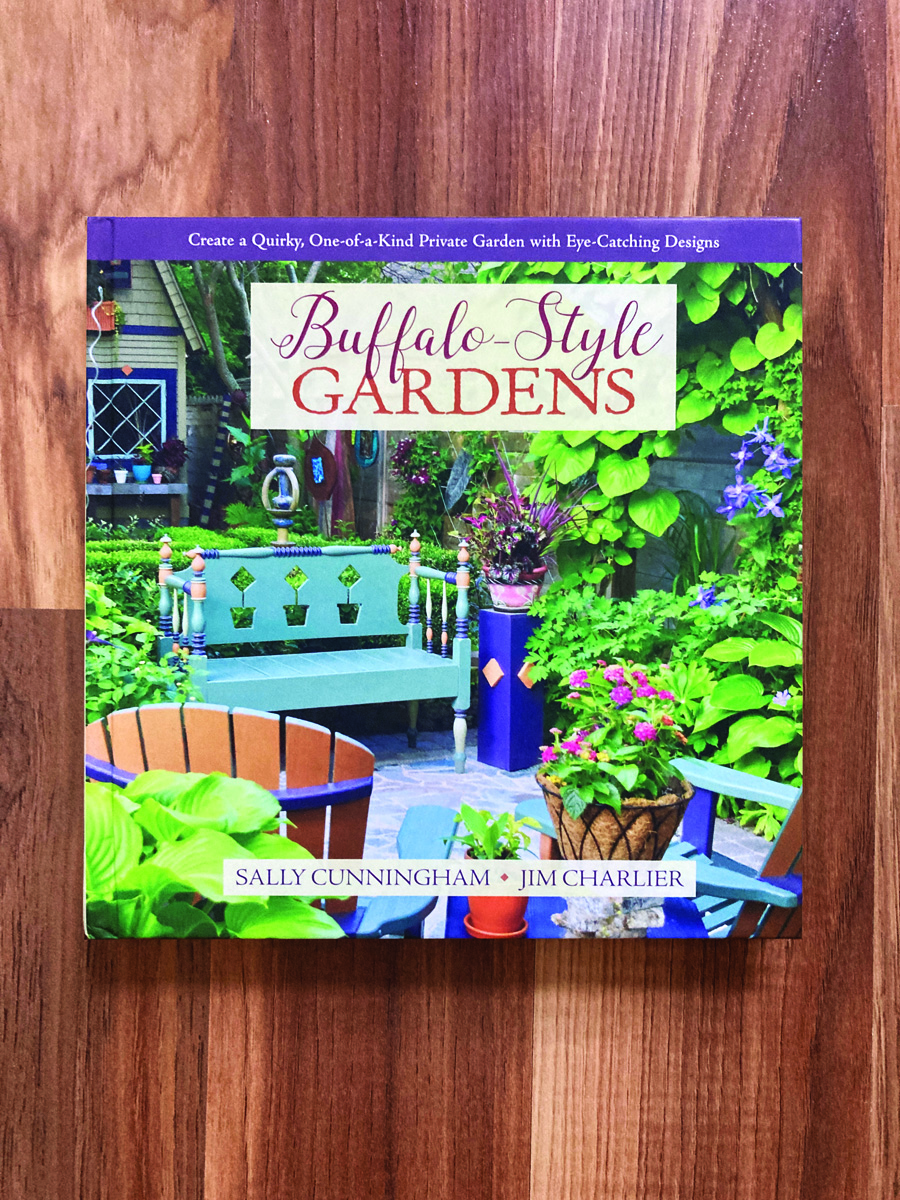
Buffalo-Style Gardens: Create a Quirky, One-of-a-Kind Private Garden with Eye-Catching Designs
Fine Gardening receives a commission for items purchased through links on this site, including Amazon Associates and other affiliate advertising programs.
Buffalo-Style Gardens is a one-of-a-kind, offbeat garden design book that showcases the wildly inventive gardens and gardeners of Buffalo – and offers readers “the best of the best” ideas to use in their own small-space gardens.
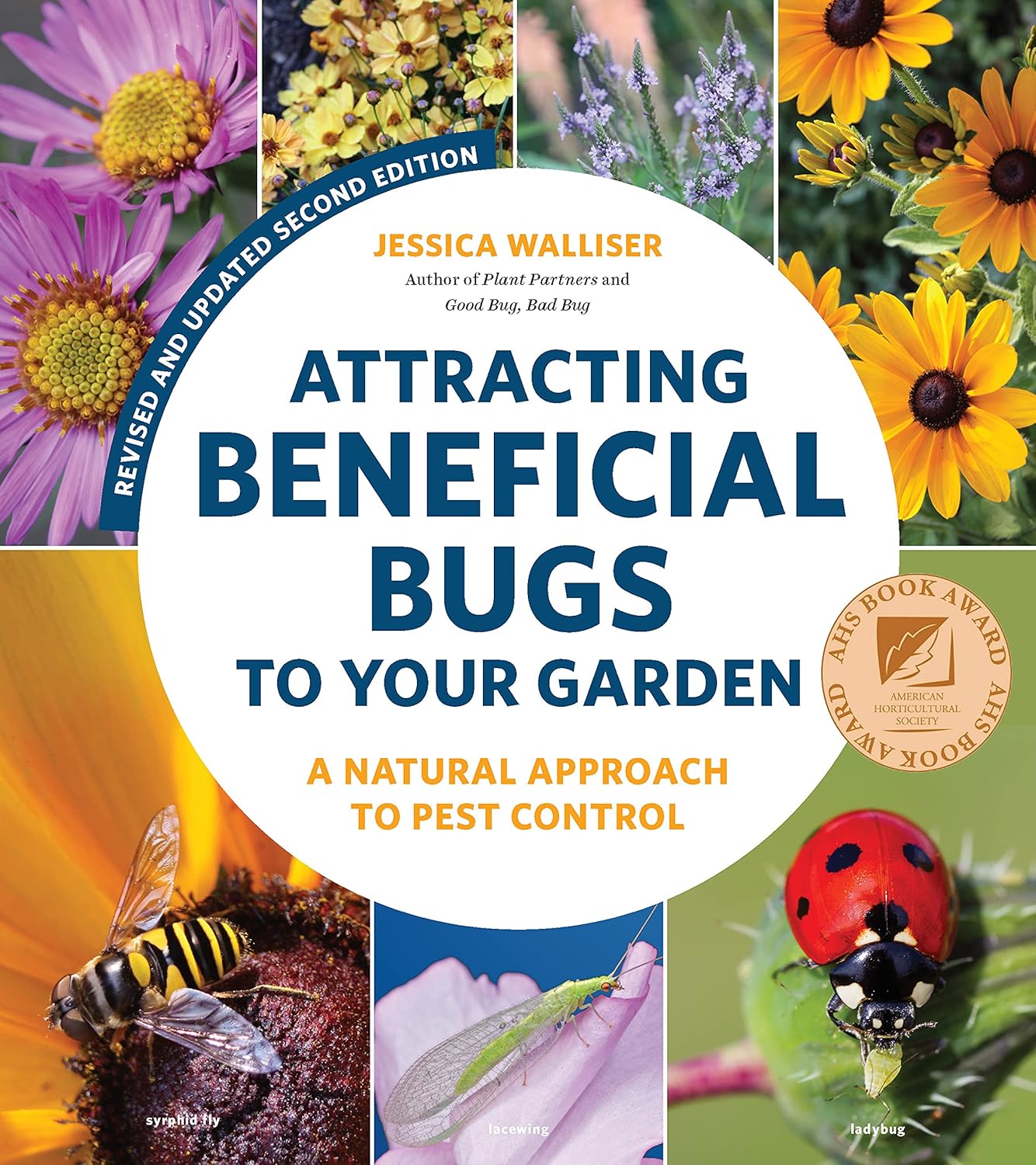
Attracting Beneficial Bugs to Your Garden, Revised and Updated Second Edition: A Natural Approach to Pest Control
Fine Gardening receives a commission for items purchased through links on this site, including Amazon Associates and other affiliate advertising programs.
This revised and updated edition of Jessica Walliser’s award-winning Attracting Beneficial Bugs to Your Garden offers a valuable and science-backed plan for bringing balance back to the garden. With this indispensable gardening reference—now updated with new research, insights, and voices—learn how to create a healthy, balanced, and diverse garden capable of supporting a hard-working crew of beneficial pest-eating insects and eliminate the need for synthetic chemical pesticides.







